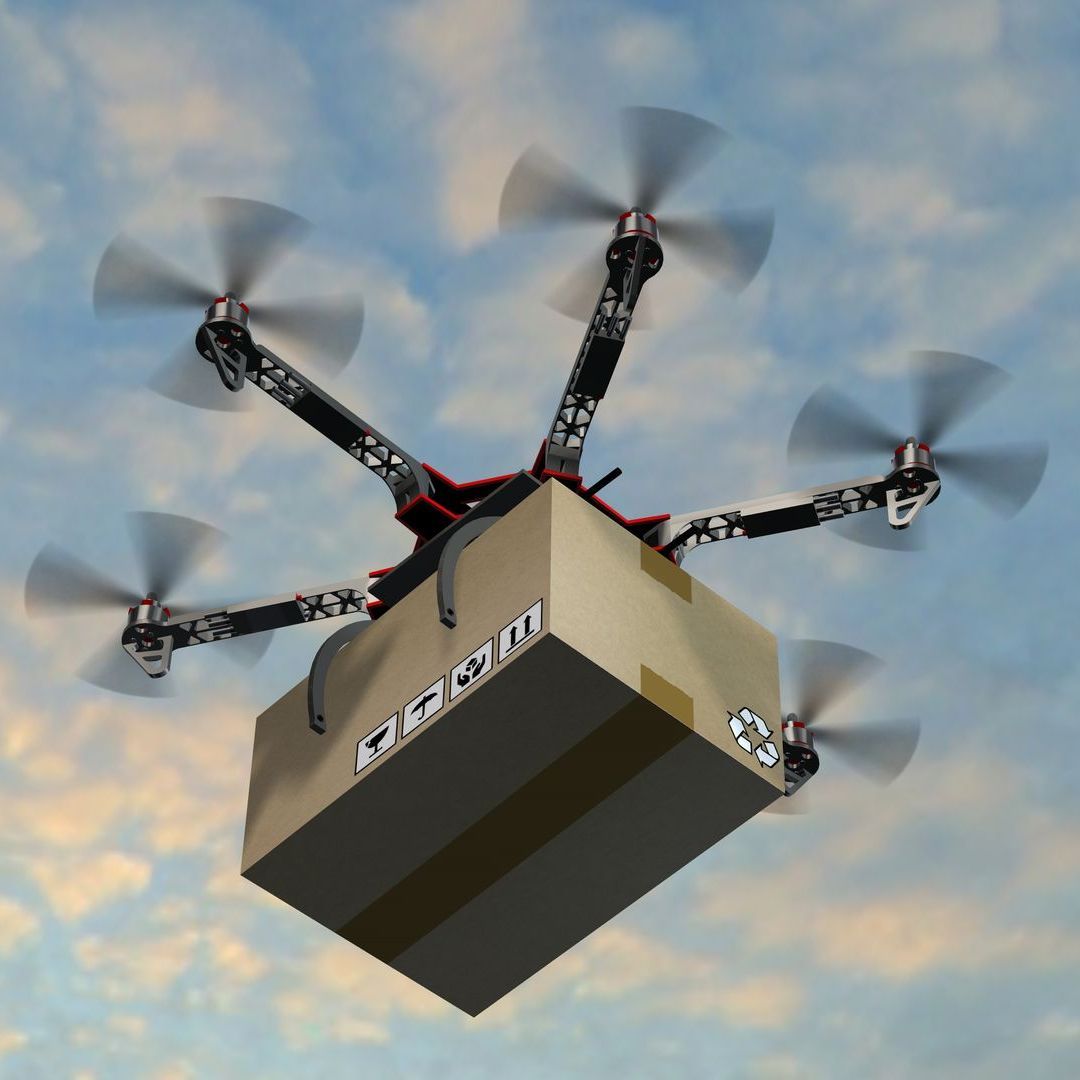The Rise of Flying Taxis
Soaring Towards the Future
Imagine a world where aerial taxis whisk you above traffic congestion, seamlessly transporting you to your destination. This futuristic vision is fast becoming a reality with the advent of flying taxis. In this blog, we will explore the advantages of flying taxis and delve into the crucial role that infrastructure, particularly vertiports, plays in enabling their success. Advantages of Flying Taxis:
1. Faster and Efficient Transportation: Flying taxis promise to revolutionize urban mobility by offering faster and more efficient transportation. By taking to the skies, they can bypass traffic congestion, reducing travel times and ensuring timely arrivals. This enhanced speed and efficiency translate to improved productivity and convenience for passengers.
2. Reduced Environmental Impact: Flying taxis powered by electric or hybrid propulsion systems have the potential to significantly reduce carbon emissions and combat air pollution. By transitioning to cleaner energy sources, these aerial vehicles contribute to creating greener and more sustainable cities.
3. Increased Accessibility: Flying taxis have the ability to reach areas with limited or no road infrastructure, connecting underserved communities and improving accessibility for all. They can bridge the gap between urban and rural areas, providing reliable transportation options to those who previously faced mobility challenges.
4. Traffic Decongestion: As urban populations continue to grow, traffic congestion has become a major issue. Flying taxis offer a solution by utilizing the airspace, effectively decongesting roads and reducing the strain on existing transportation networks. This allows for smoother traffic flow and enhanced overall transportation efficiency.
The Importance of Infrastructure and Vertiports: To fully harness the potential of flying taxis, a robust infrastructure is essential. Vertiports, specialized landing and takeoff hubs for these aerial vehicles, play a pivotal role in facilitating their safe and efficient operation.
1. Safe Operations: Vertiports ensure the safe and organized takeoff and landing of flying taxis. With designated areas for aerial vehicles, they minimize the risk of accidents or collisions, ensuring the safety of passengers and the surrounding environment.
2. Charging and Maintenance Facilities: Vertiports provide the necessary infrastructure for charging and maintaining flying taxis. This includes battery charging stations, maintenance bays, and skilled personnel, ensuring the seamless operation and reliability of the aerial fleet.
3. Passenger Convenience: Vertiports serve as dedicated passenger terminals, offering amenities and services for a seamless and enjoyable flying experience. They provide easy access for boarding and disembarking, enhancing passenger convenience and comfort.
4. Urban Integration: Vertiports need to be strategically located within urban areas to maximize their potential. Integrated into existing transportation networks, they allow for seamless transfers between different modes of transportation, ensuring a well-connected and efficient transportation ecosystem.
Conclusion: Flying taxis are no longer confined to the realms of science fiction. With their numerous advantages, including faster transportation, reduced environmental impact, increased accessibility, and traffic decongestion, these aerial vehicles are poised to revolutionize urban mobility. However, the development of a robust infrastructure, with a focus on vertiports, is vital to enable the seamless operation and integration of flying taxis into our cities. By embracing this exciting innovation, we can unlock a future where the skies become the ultimate pathway to efficient, sustainable, and interconnected urban transportation.






